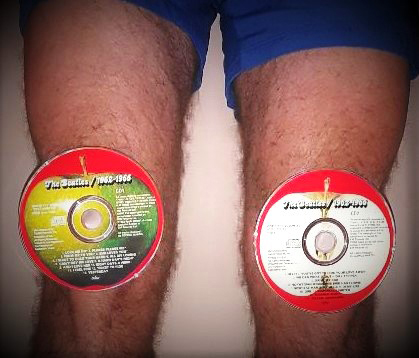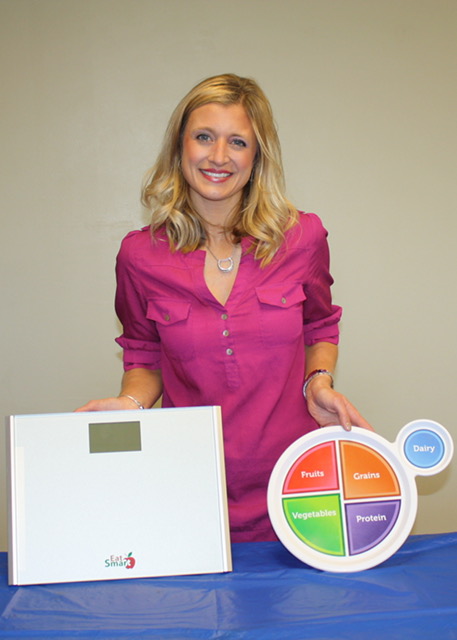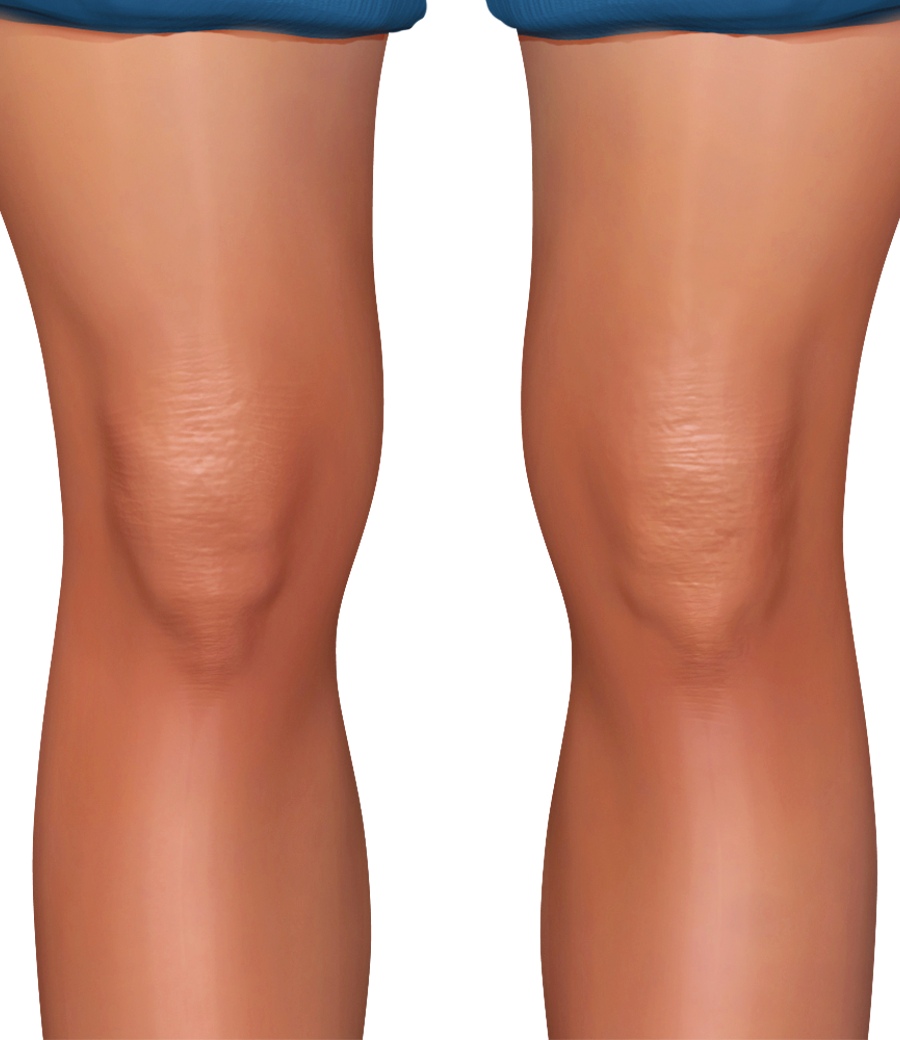Holier than “I”

By Bruce Steinberg
While navigating the figurative waters of the college application process, our son came across literal waters. That is, at MIT, regardless of a brilliant academic career, students must pass a swim test before they are permitted to graduate. If you cannot pass the swim test for one reason or another, then you must complete a swim class program.
My research (thanks, Google!) showed the truth of this at MIT, going back to the 1940s, and that a swim-test requirement before graduation, or permission to move on to elective courses, exists at other colleges as well. The reason given is, no surprise, drowning prevention.
The Internet revealed the intensity, pro and con, with which people have shared their opinions on this requirement. What I noticed most of all was the use of the word “I” in the opinions, such as, “Well, ‘I’ am sure glad for this requirement because it helped me avoid danger.” Or, “Well, ‘I’ couldn’t do this because of – a physical limitation; psychological fear; will live in Nebraska – and it was a terror for me.
Most, therefore, decide based on what “I” went through.
How about this opinion: the requirement that a student swim 100 yards non-stop, no matter the style, no matter the time, has limited application to the prevention of drowning.
The testing process most often consists of freshmen by the hundreds waiting their turn at poolside to swim the required laps. You may delay the test, but it will come looking for you with your diploma held out of reach instead of a carrot.
Yes, “I” did take swimming lessons, voluntarily, as an undergrad at the University of Illinois. I did so even though I could already swim a mile or longer if I had to. However, I had learned my ability to swim did nothing to prevent me from almost drowning the summer before my sophomore year.
What caused the risk were the following: a sense of youthful indestructibility, going out alone in a canoe when the Wisconsin lake water was below 60 degrees, a seat cushion for a life preserver, which I ignored, and a complete lack of training on what to do if waves capsize my canoe and toss me into the water. Foremost, my not understanding panic and what to do about panic.
Being able to swim, even with confidence, did nothing to save my life. Pure happenstance did. The direction I decided to float off to happened to be in the direction of a very long slip-off slope so that the shore, still some 30 yards off, soon became only four feet deep. The other direction would have meant water depth over my head even if I made it to two yards from shore.
My swim classes focused on water dynamics, breathing survival and techniques to calm ourselves to effectively deal with panic. I also learned not to abandoned a capsized canoe, how to get the canoe righted and to stay with it even if I couldn’t. I had learned how to make flotation devices out of my shirt or pants and how to fend off against hypothermia. After all, the boat I had abandoned all those years ago made it to shore all on its own, but I was too untrained and panicky to even think about that, or to know small craft are designed to float even when swamped. Most of all, I learned not to go out alone in those conditions without proper safety gear in the first place.
Being able to swim 100 yards in any fashion is a good thing. However, the offered swim classes, if they include the sort of training dealing with panic and practical considerations of survival, are the effective programs. The former carries not only the lack of practical survival training, but also a sense of false confidence when out and about on or in the water. Besides, being able to swim 100 yards at one point in time when you’re a college undergrad will bear little resemblance to swimming abilities later in life. Also, since these swim tests seem to occur in swimming pools, en masse, they can’t mimic the realities of wave and current action, including undertows.
Several years ago, while out for a swim in Lake Michigan, I felt a sudden rip current preventing me from heading toward shore. Even though I was not that far out, the water was about eight feet deep, and my direct efforts toward shore didn’t prevent me from being dragged further out. Because of those classes, although decades in my past, I knew to relax, to not fight the current. Instead, I floated easily, perpendicular to the wave action, not into it. Slowly angling toward shore until the current was weaker and then no more. No panic, no issue, just patience even though I’m not the strongest of swimmers.
I’m against the MIT graduation requirement of the 100-yard swim test. Not because there are other dangers in the world that carry a higher percentage of occurrence than drowning. And nothing nanny-state argued here either. But because being able to swim those hundred yards at age 18 in a pool under many watchful eyes is far from enough, and may cause false confidence, especially when drowning prevention throughout a person’s life is the goal. Because of that other knowledge, not my ability to swim those 100 yards, at least “I” am here to write about this today.







